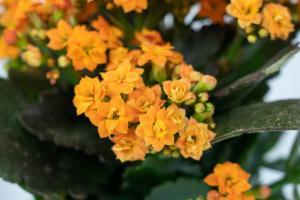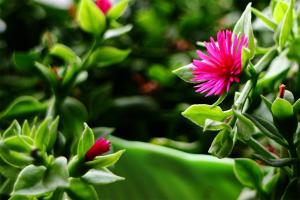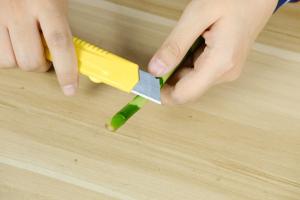How to Automatically Water House Plants
Keeping house plants happy and healthy requires regular watering. However, with our busy lives and forgetful tendencies, it can be easy to neglect our potted friends. Thankfully, there are several ways to automate the watering process and ensure that your plants are always properly hydrated. The following tips and tricks will help keep your plants thriving, even when you're not around.
Install a Drip Irrigation System
One of the most effective ways to automate watering is by installing a drip irrigation system. This is a network of tubes and emitters that allows water to slowly drip into the soil around your plants. The system can be connected to a timer or moisture sensor to ensure that your plants receive enough water at regular intervals.
To install a drip irrigation system, you will need to first choose the right system for your plants and space. There are many different types of systems available, from basic kits to more complex setups that can be customized to fit your needs. Some systems even come with a mobile app that allows you to control the watering schedule from your phone or tablet.
Use a Self-Watering Pot
Another option for automating plant care is to use a self-watering pot. These pots have a reservoir at the bottom, which automatically waters your plant as needed. The reservoir can be refilled once it's empty, which is typically every few weeks.
Self-watering pots come in many different sizes and styles, and can be used for a variety of plant types. They are great for busy people or those who frequently travel, as they can keep your plants watered for extended periods of time.
Invest in a Smart Plant Sensor
For the ultimate in plant automation, consider investing in a smart plant sensor. These devices use sensors to monitor your plants' moisture levels, temperature, and light levels. The data is then transmitted to your phone or tablet, where you can receive alerts and adjust watering schedules as needed.
There are many different types of smart plant sensors available, from basic models to more advanced systems that can control multiple plants at once. Some sensors also have a community feature, where you can share data and tips with other plant enthusiasts.
Conclusion
Automating the watering process for your house plants is a great way to ensure they receive the proper care they need. Whether you choose to install a drip irrigation system, use a self-watering pot, or invest in a smart plant sensor, there are plenty of options available to fit your needs and lifestyle. With a little bit of planning and investment, you can enjoy healthy, thriving plants all year round.

 how many times do yo...
how many times do yo... how many planted tre...
how many planted tre... how many pine trees ...
how many pine trees ... how many pecan trees...
how many pecan trees... how many plants comp...
how many plants comp... how many plants can ...
how many plants can ... how many plants and ...
how many plants and ... how many pepper plan...
how many pepper plan...































